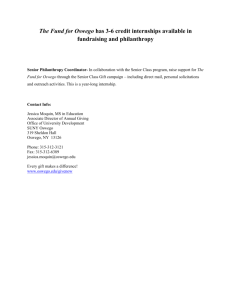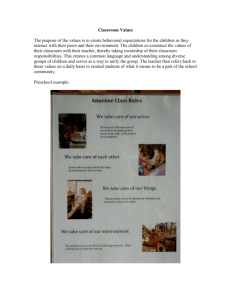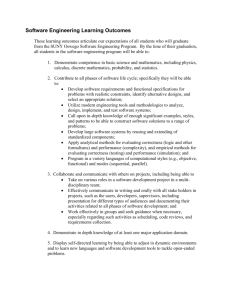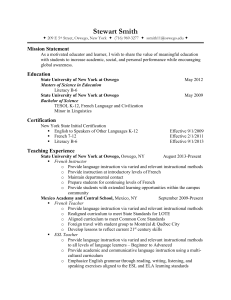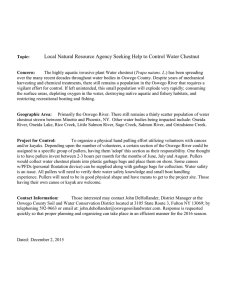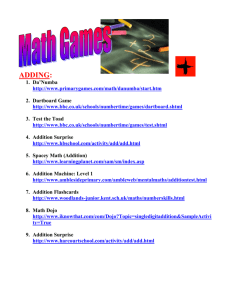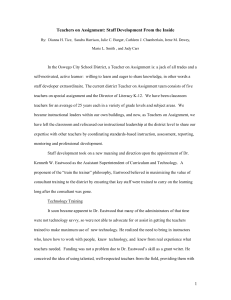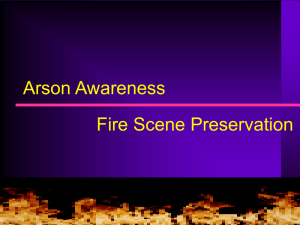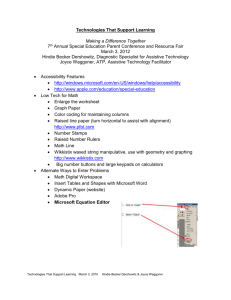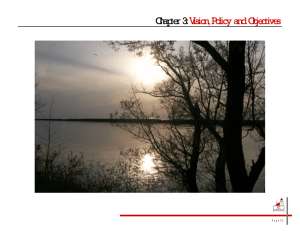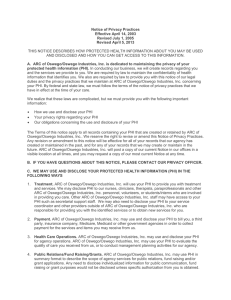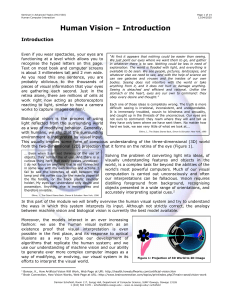Behavioral Guidelines - Early Childhood Direction Center
advertisement
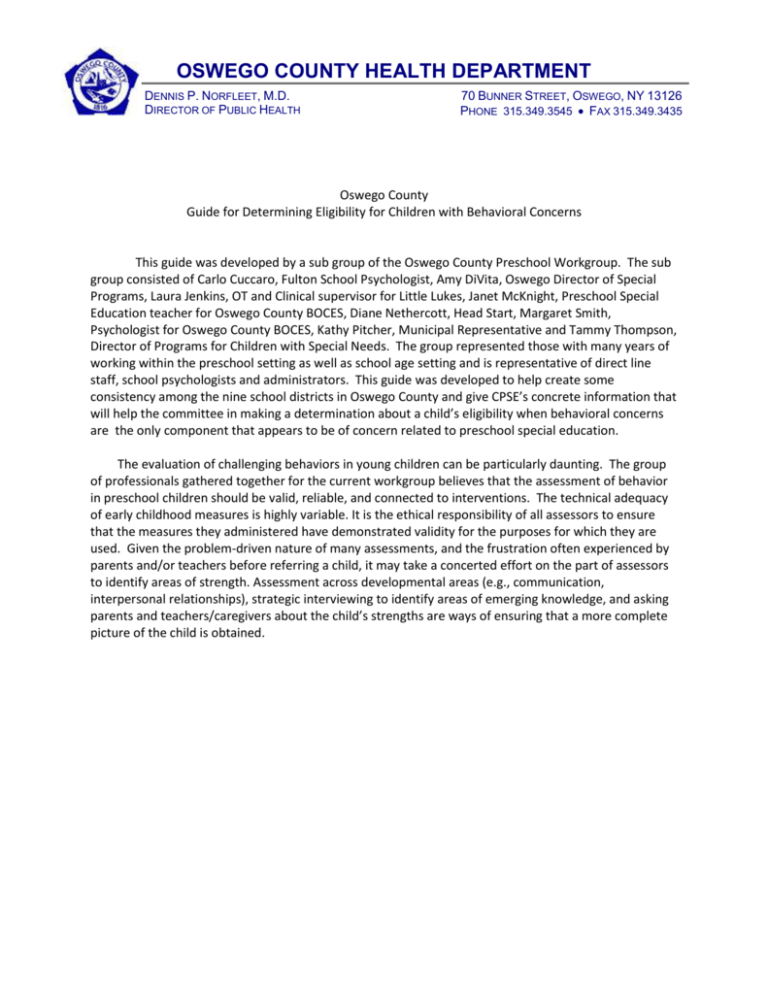
OSWEGO COUNTY HEALTH DEPARTMENT DENNIS P. NORFLEET, M.D. DIRECTOR OF PUBLIC HEALTH 70 BUNNER STREET, OSWEGO, NY 13126 PHONE 315.349.3545 FAX 315.349.3435 Oswego County Guide for Determining Eligibility for Children with Behavioral Concerns This guide was developed by a sub group of the Oswego County Preschool Workgroup. The sub group consisted of Carlo Cuccaro, Fulton School Psychologist, Amy DiVita, Oswego Director of Special Programs, Laura Jenkins, OT and Clinical supervisor for Little Lukes, Janet McKnight, Preschool Special Education teacher for Oswego County BOCES, Diane Nethercott, Head Start, Margaret Smith, Psychologist for Oswego County BOCES, Kathy Pitcher, Municipal Representative and Tammy Thompson, Director of Programs for Children with Special Needs. The group represented those with many years of working within the preschool setting as well as school age setting and is representative of direct line staff, school psychologists and administrators. This guide was developed to help create some consistency among the nine school districts in Oswego County and give CPSE’s concrete information that will help the committee in making a determination about a child’s eligibility when behavioral concerns are the only component that appears to be of concern related to preschool special education. The evaluation of challenging behaviors in young children can be particularly daunting. The group of professionals gathered together for the current workgroup believes that the assessment of behavior in preschool children should be valid, reliable, and connected to interventions. The technical adequacy of early childhood measures is highly variable. It is the ethical responsibility of all assessors to ensure that the measures they administered have demonstrated validity for the purposes for which they are used. Given the problem-driven nature of many assessments, and the frustration often experienced by parents and/or teachers before referring a child, it may take a concerted effort on the part of assessors to identify areas of strength. Assessment across developmental areas (e.g., communication, interpersonal relationships), strategic interviewing to identify areas of emerging knowledge, and asking parents and teachers/caregivers about the child’s strengths are ways of ensuring that a more complete picture of the child is obtained. When behavior is a significant concern, the following factors need to be considered: To the greatest extent possible, a thorough observation is strongly recommended. If the child is in a preschool, daycare or other organized setting for any period of the day, observations in these settings are ideal. If the child is at home, it is still important to do an observation outside of the testing situation. If the referral concern includes behavior, firsthand observation of the child’s behavior, while understandably difficult due to time and constraints, is very desirable. Please report both on the behaviors observed by the evaluator as well as those reported by the teacher and/or parents. Multiple sources of behavioral data are crucial. Use of standardized behavioral assessments is strongly encouraged. Examples include, but are not limited to: Vineland Adaptive Behaviors Scale -2 (the maladaptive scales) (2005) Behavior Assessment System for Children-2nd Edition (Teacher and Parent version) (2004) Social Skills Improvement System (2008) Vineland SEEC Psychological evaluation should include a parent /teacher interview that addresses the behaviors including: An observable measurable definition of the concerning behavior (s) The duration of the behavior The intensity of the behavior The frequency of the behavior Possible causes/triggers of the behavior You may find it helpful to use one or both of the tools (Family FBA interview form and Teacher FBA interview form) attached to this document to guide in guiding your questions to parents and teachers. Please keep in mind, these are not required, only a suggestion in helping you frame your questions as you are evaluating a child. An evaluation should include the educational impact of the behaviors on the child’s readiness skills that may include: _____ Paying attention for short periods to adult directed activities _____ Beginning to share with others _____ Listening to stories without interrupting Recommended assessments to measure a child’s readiness skills include, but are not limited to: BSRA (Bracken School Readiness Assessment) (2002) DAYC (Developmental Assessment of Young Children) (1998) Boehm Test of Basic Concepts – 3 (2001) The most current edition of these tests must be used.

